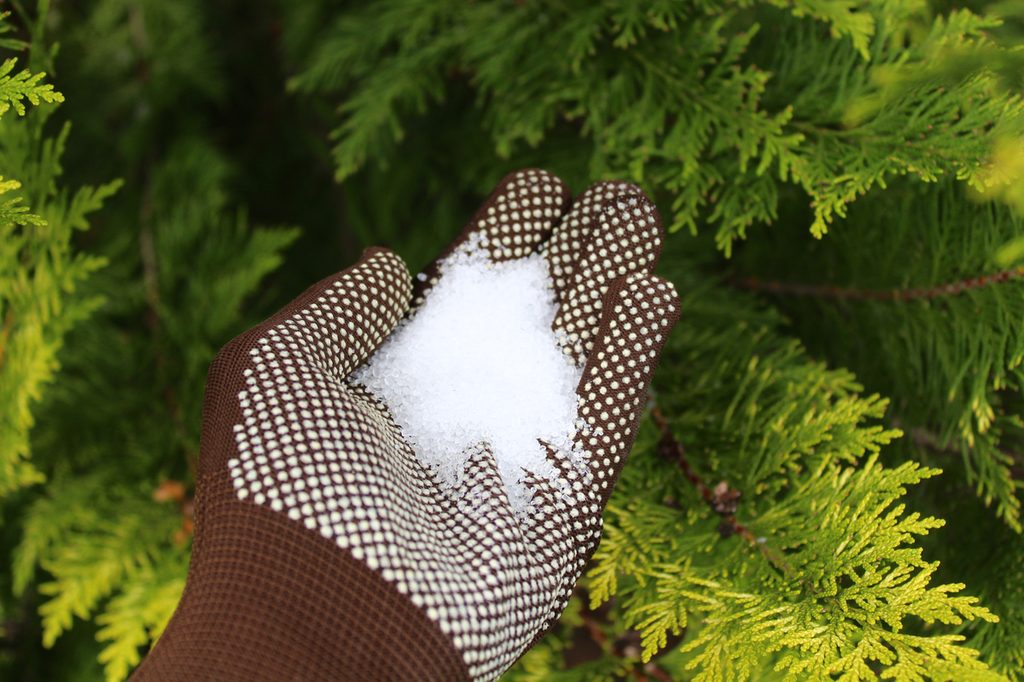
Chances are, you might have heard of the life-changing magic of Epsom salt in gardening. But remember, Epsom salt is nothing like your typical table salt since it’s actually magnesium sulfate. So, here’s the big question for the plant enthusiasts out there: Is Epsom salt good for houseplants? Although there hasn’t been too much research about its benefits, many experienced home gardeners swear by Epsom salt for plants.
It’s been a go-to for plant enthusiasts for years, so it’s worth giving a shot when you want to troubleshoot specific foliage issues for both your indoor and outdoor plants. Keep reading to learn all about the many uses of Epsom salt for potted plants and garden beds — you might just find yourself sprinkling it on your crops!
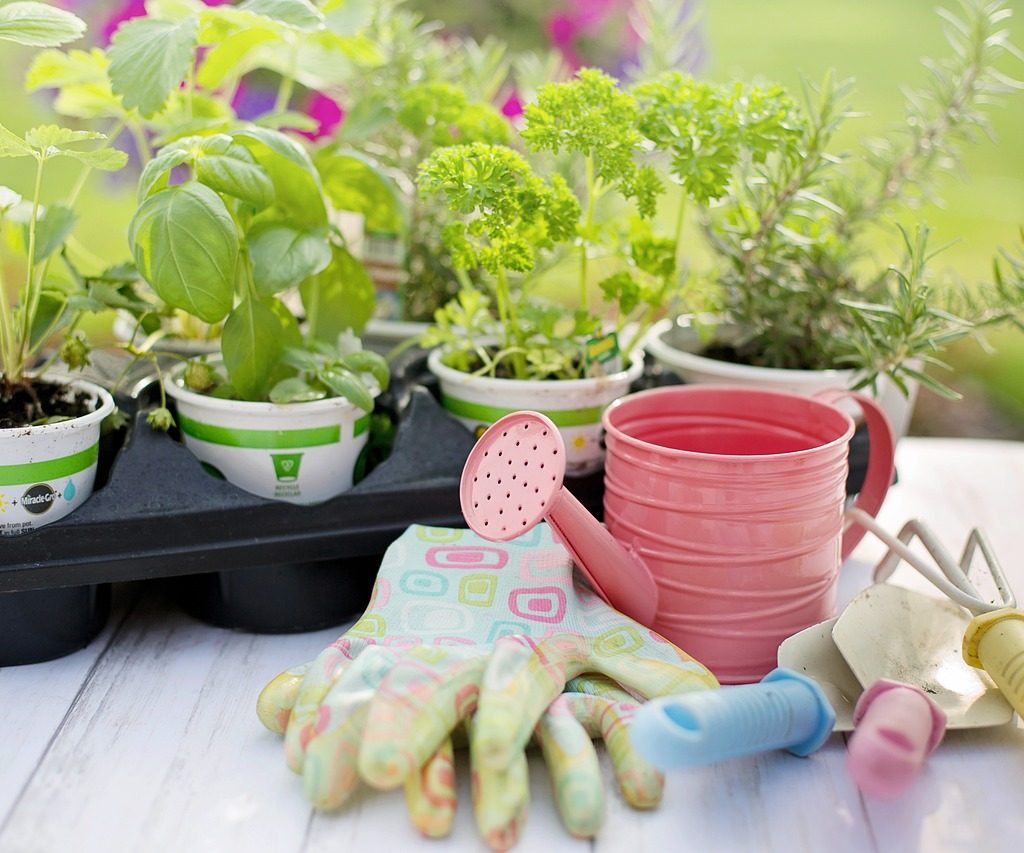
Where to buy Epsom salt
Epsom salt is widely available and relatively affordable, so you won’t need to go to specialty stores to find it. Head to your local drugstore or grocery store and you’ll probably find Epsom salt in the bath section since people use it to soak aching muscles and soften skin.
But if you’re running plant errands anyway, you will likely find Epsom salt at your local garden center since it’s excellent for all kinds of plants, including grasses, flowers, vegetables, and more. If you plan to use the salt on your skin, make sure it has a United States Pharmacopeia (USP) label, which indicates that it’s safe for human use.
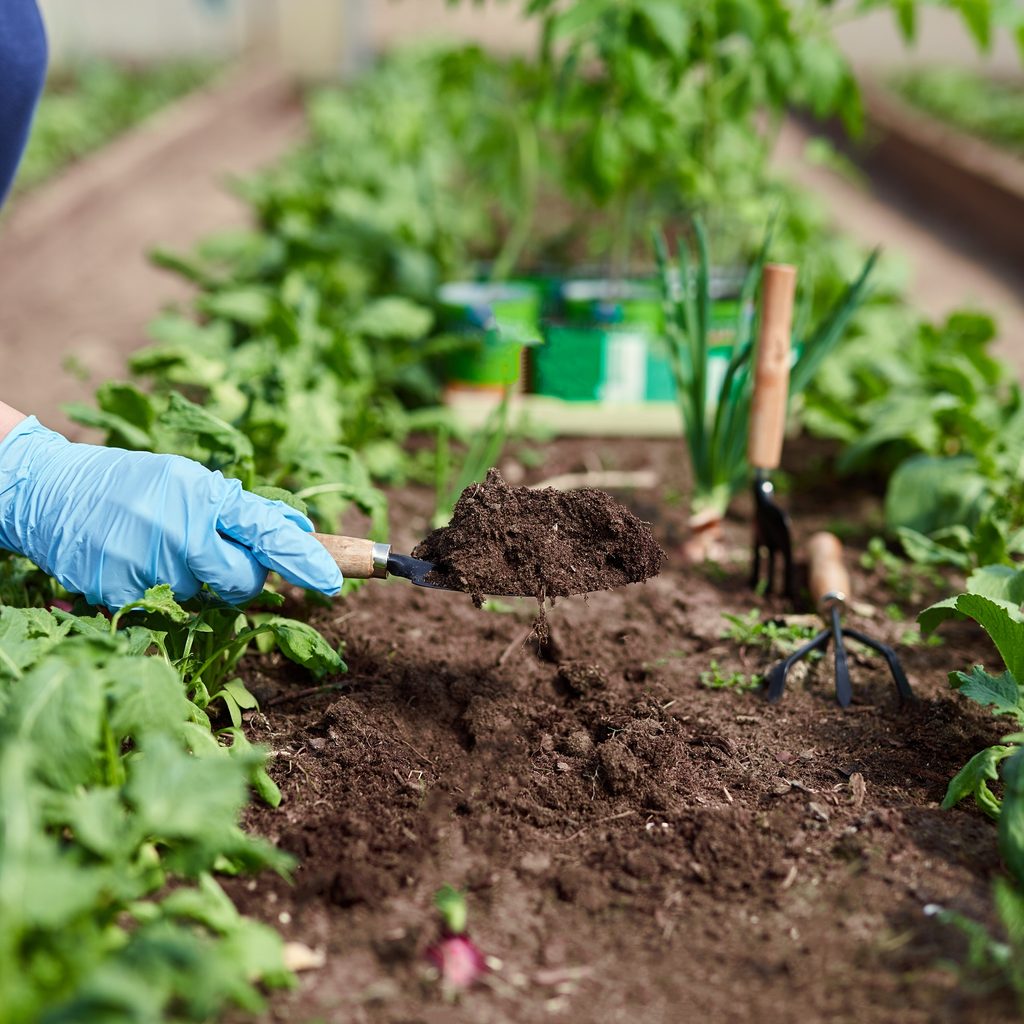
What you need to know
Epsom salt contains sulfur and magnesium, which are both beneficial minerals for soil. But while sulfur can help with plant protein formation, it’s seldom deficient in soil because of acid rain and synthetic plant fertilizers. Magnesium, on the other hand, can become scarce due to erosion or depletion of topsoil. It specifically helps plants build cell walls and absorb nutrients.
When a plant doesn’t have enough magnesium, its leaves curl and its growth is stunted. Magnesium is also useful for chlorophyll production, which is a critical part of photosynthesis. Many gardeners use diluted Epsom salt, which they water directly into the soil or use as a foliage spray. So, how can you use Epsom salt in gardening? Here are a few ideas for incorporating it into your houseplant care routine.
1. Treating a magnesium deficiency in indoor plants
Magnesium sulfate is gentle, so it works well with indoor potted plants. When a houseplant has a magnesium deficiency, it usually has green veins with pale leaves. To remedy this, dilute one tablespoon of Epsom salt in a gallon of water for houseplant usage.
Water your plants with this solution once a month, or use it as a spray to mist the foliage. Keep in mind, however, that pale leaves may also be indicative of root rot. Check your plants for signs of disease (including rotting roots) before you use Epsom salt.
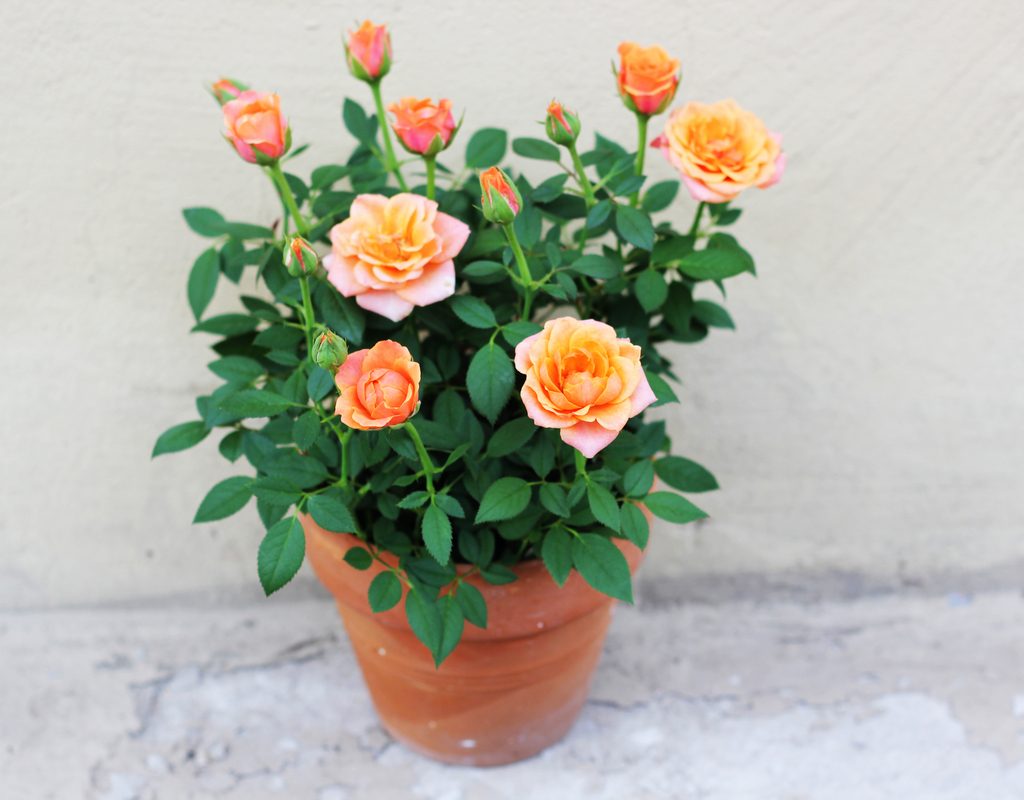
2. Helping plants produce flowers and fruits
Magnesium helps with fruit and flower development and production. Roses, tomatoes, and peppers are examples of plants that can benefit from Epsom salt. For tomatoes and peppers, mix two tablespoons of Epsom salt with one gallon of water to spray onto leaves when the plant begins blooming and fruiting.
For roses, sprinkle half a cup of Epsom salt in the soil in the fall and spring. You can also dilute one tablespoon of Epsom salt in one gallon of water and use the solution as a monthly spray. Many rose gardeners swear that magnesium sulfate helps produce more lush foliage as well as more blooms and canes. And yes, it can work for indoor rose plants, too — for robust blooms, add diluted Epsom salt to miniature roses that you keep as houseplants. Other flowers that may benefit from Epsom salt include geraniums, pansies, and azaleas.
3. Preventing root shock
When you transplant indoor plants from one pot to another, you need to take care of the roots so that the plant’s leaves don’t wilt or become discolored, which are signs of root shock. Using Epsom salt in the process helps prevent root shock. When transplanting, mix one tablespoon of Epsom salt for every gallon of water and apply this to the roots of your newly potted plant until saturated.
4. Deterring pests
Magnesium sulfate can be beneficial as a pest deterrent, so you can keep all your plants intact and free from pesky critters. Sprinkle dry Epsom salt at the base of your garden plants to repel slugs. You can also add a small amount of it to seedlings you start indoors to protect them from pests. Seedlings may also get extra sulfur and magnesium as an added benefit.
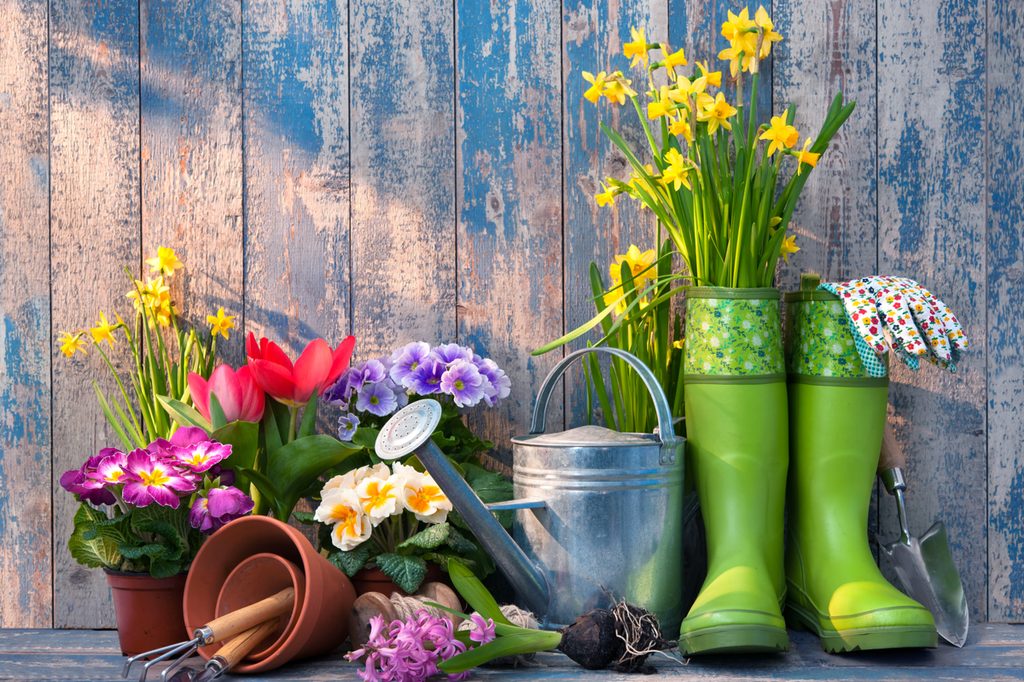
What to consider before you use Epsom salt on plants
Epsom salt can be handy in the garden, but you should keep some things in mind before using it. For example, you don’t want to use Epsom salt in place of fertilizer. While it can help with magnesium and sulfur deficiencies, you’ll still need to supplement your plants with other nutrients. It’s also best to use Epsom salt early during the growing season when it’s not too hot. You should avoid spraying your plants with Epsom salt solutions on hot days since this can cause leaf scorch.
Which plants should you not use Epsom salt on?
There are plants out there that simply won’t benefit from Epsom salt. Generally, these are plants that don’t really get magnesium deficiencies. They include tropical palms, coniferous trees, and carnivorous (or insect-eating) plants.
- Tropical palms: While you can apply magnesium sulfate to palms, it’s best to use a very diluted solution of it. Epsom salt may in fact alter your palm plant’s soil pH and exacerbate potassium issues.
- Coniferous trees: As for pines and other coniferous trees, magnesium chloride may lead to leaf dieback.
- Carnivorous plants: Insect-eating plants — think your Venus fly traps — generally do best in a mineral-poor growing medium, so Epsom salt can actually make their soil too rich.
A pinch of Epsom salt can go a long way, so that’s why so many gardeners keep a healthy supply of it on hand. If you want fuller, greener leaves, consider Epsom salt for your plants to help them grow. Not only can it help with a magnesium deficiency, but it can also assist with bloom production and pest deterrence. Try adding diluted Epsom salt into your soil or using it as a foliage spray to reap all of its potential benefits. With care, attention, and perhaps a bit of Epsom salt, your houseplants will be thriving before you know it.


